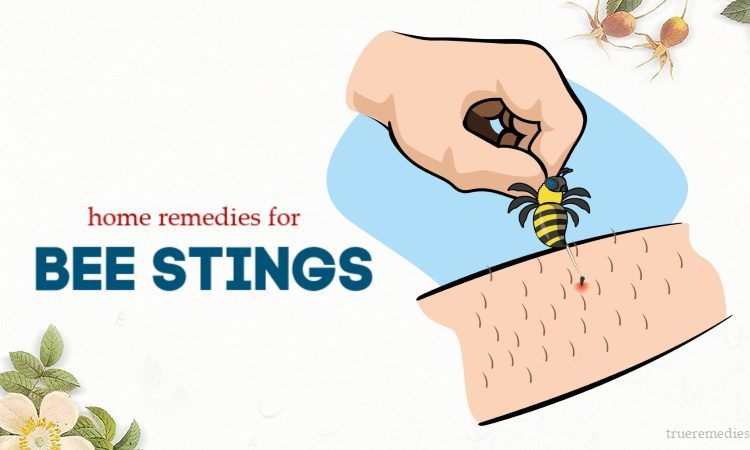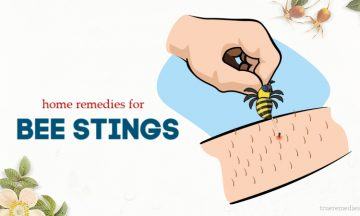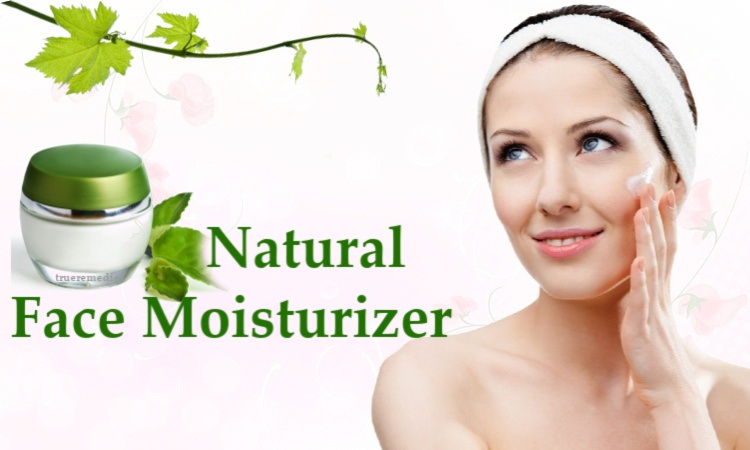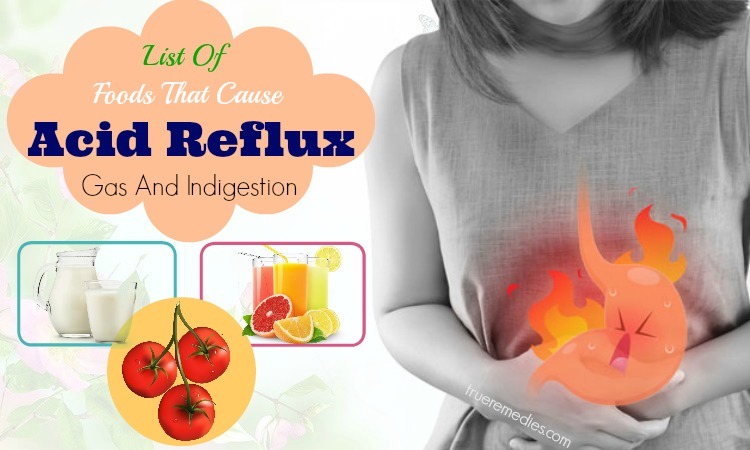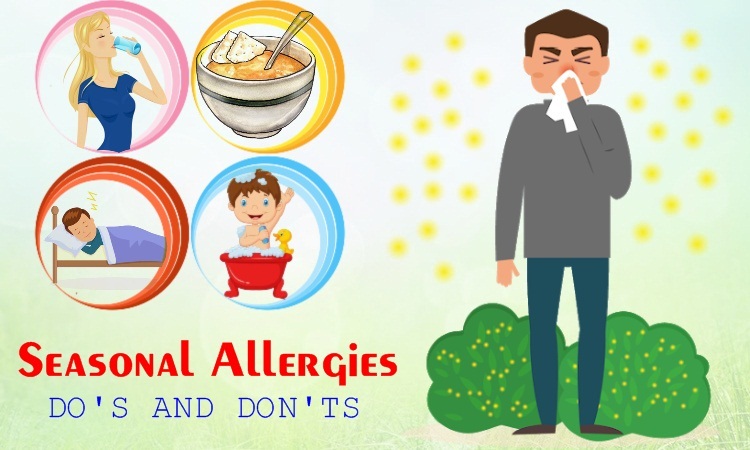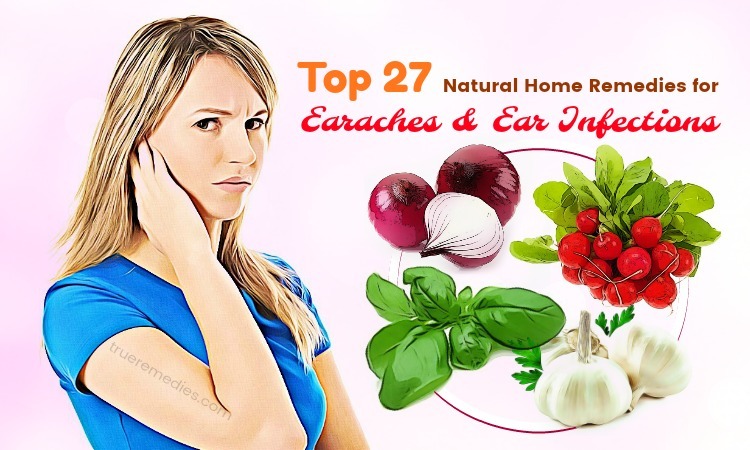A bee sting causes a painful and uncomfortable feeling that is commonly happened during the warm months. Bees use their stingers as a way of self-defense. The poisonous venom in their stingers causes reactions in the body. People often experience different symptoms, including minor symptoms such as a red welt accompanied with a white spot, sharp, instant, burning pain, and swelling at the sting site. These mild symptoms can go away within several days. Moderate symptoms often disappear from 5 to 10 days. Plus, bee venom may trigger a serious immune system response in people who are allergic to this or when they experience multiple bee stings. In such cases, look for medical care right away. For mild and moderate responses, you can follow the following natural home remedies for bee stings to get a fresher and clearer skin.
- 10 Best Solutions For Bug Bites For Babies And Adults
- Top 29 Treatments For Ant Bites And Stings Swelling And Itching
- Top 16 Remedies For Yellow Jacket Stings Relief
Top 27 Time-Tested Remedies For Bee Stings Pain
I. What Occurs When A Bee Stings You?
A bee sting is a nuisance for most people. You can experience some symptoms at the sting site, such as temporary sharp pain, redness, swelling, warmth, and itching. If you get stung many times, or you are allergic to bees, a bee sting can be more problematic. The stinger of the honey bee is released into the skin when it stings you. This ultimately destroys the honey bee. However, a honey bee is the only type of bee that dies after stinging. Wasps and other species do not lose their stingers, and they may sting you more than one time.
A venomous toxin causing pain and other symptoms can be left if bees sting you. A few individuals are allergic to this toxin. Apart from that, mild allergic reactions may lead to increased swelling and extreme redness.
Severe allergic reactions may include severe itching, hives, pale skin, rapid pulse, diarrhea, dizziness, difficulty breathing, swelling of the throat and tongue, or loss of consciousness. Go to the hospital if you suffer from any of the above severe allergic reactions.
II. When To See A Doctor
Most cases of bee stings do not need to see a doctor. In more severe cases, you need emergency medical help right away. You should go to the hospital if you experience a serious bee sting reaction, even if there are only one or two signs or symptoms of anaphylactic shock.
You should go to the hospital instantly if you have multiple stings.
TrueRemedies Partner Solutions

Need a Help from the Leading Expert Online, Available 24/7?
They’re all here and ready to answer your questions online or by phone. Keep asking questions until you get the answer you need.
You should also see a doctor if:
- Symptoms of bee stings do not go away within a few days.
- You have had symptoms of an allergic reaction caused by a bee sting.
III. Home Remedies
The following recipes we've focused on are traditional remedies that can be used alongside usual medical treatment. Thus, always consult your doctor before trying these home remedies.
1. Take Out The Stinger
When you experience a bee sting, the first step you should do immediately is to remove the stinger from your skin. This takes only a few seconds, but it helps to prevent the harmful venom from entering your body.
Method:
- Use a fingernail or tweezers to scrape out the sting point to eliminate the stinger.
- Rinse the area with an antiseptic soap and clean water.
- Pat it dry and apply a little antiseptic ointment. You can also use calamine lotion to decrease the itching and swelling.
Note: Do not pinch the stinger because it can cause more venom to enter your skin.
2. Ice Compress
Followed by the first method, you should apply a compress with some ice cubes on the bee sting to reduce the symptoms. This can help constrict the blood vessels to slow down the bee venom flow through the body thanks to the cold temperature. Also, it is effective in numbing the pain and easing the swelling and itching[1].
Method:
- Wrap a few ice cubes in a clean washcloth and then tie it.
- Keep this pack against the affected area for at least 15 minutes.
- Reapply this pack every few hours until you no longer feel the pain and swelling.
- Instead of this pack, you may also use a bottle of cold water on the affected site.
Note: Do not put the ice cubes directly on your skin because it causes frostbite.
3. Papaya Remedy
Papaya contains papain, an enzyme that neutralizes the venom of bees[2]. The highest levels of this enzyme are present in the green papaya. You can put a slice of papaya on the affected area for 15 minutes, then take it out and rinse, or try one of these methods below.
Method 1:
- Grate a raw, green papaya into thin slices.
- Squeeze them to extract the juice.
- Apply this juice to bee stings before going to sleep and let it dry.
- Cover it with a bandage and leave it on overnight.
- Remove the bandage and wash it off.
Repeat this method regularly.
Method 2:
- Mash some ripe papaya chunks and then apply it to the bee sting.
- Wait for 15 minutes before rinsing with clean water.
- Repeat this method daily until the bee sting has treated.
4. Calendula
Calendula flowers also called marigolds, are comprised of antifungal, anti-inflammatory, and antimicrobial effects[3]. They also include a great natural astringent. They aid in preventing infection, relieving the swelling, and healing some types of cuts and wounds[4].
Method:
- Take a cup of olive oil and heat it over a low flame.
- Stir it in half a cup of calendula flowers dried in the sunlight.
- Let them simmer for 4 hours and remove them from heat.
- Cool them down and strain with cheesecloth.
- Melt one-quarter cup of beeswax over the low heat and stir in 20 drops of lavender oil and half a cup of calendula oil.
- Pour it into a container and let it cool.
- Apply it to the affected area, bandage it, and keep it on overnight.
- Remove the bandage and wash it off in the morning.
5. Baking Soda
Baking soda is alkaline, which helps to neutralize the formic acid in the bee venom[5]. Therefore, it helps give quick relief from the pain, itching, and swelling.
Method 1:
- Mix one teaspoon of baking soda with enough clean water to create a paste.
- Apply it to the affected point and let it air-dry.
- Rinse it off with water.
- Repeat this method thrice per day until the bee sting heals.
Method 2:
- Combine 1 tablespoon of baking soda and 1/2 tablespoon of tincture of yellow dock leaves to create a paste.
- Apply this paste to your bee sting and allow it to dry naturally.
- Rinse it off with cool water.
- Repeat this method regularly until the bee sting heals.
6. St. John’s Wort Oil
Both the flowers and leaves of St. John’s wort may help to ease the inflammation and reduce the pain[6]. However, remember not to apply it directly to your skin. Instead, you should combine it with bentonite clay to form a paste. The clay is responsible for neutralizing and absorbing the bee venom. Its alkalizing effect aids in neutralizing the acidic effect of the bee sting.
Method:
- Combine John’s wort oil with a little bentonite clay in a bowl.
- Apply the paste to your bee sting.
- Let it dry and rinse it off with cool water.
- Follow this method regularly until the bee sting heals.
7. Mustard
Mustard is comprised of antioxidants that can help treat bee stings. Besides, the selenium content in mustard helps to soothe the pain and inflammation.
Method 1:
- Grind mustard seeds finely to form a powder.
- Sprinkle it on your bee sting and leave it on for 20 minutes.
- Rinse it off.
- Use this way daily to relieve the pain caused due to the bee sting.
- You can also add mustard seeds to your cooking,
Method 2:
- Combine 1/2 tablespoon of mustard powder with enough amount of clean water to form a paste.
- Wrap this paste into a thin cloth.
- Place it on your bee sting and keep it on there for 15 minutes.
- Repeat this regularly until your bee sting heals.
8. Rock Salt And Fennel Seeds
Rock salt contains a rich content of selenium and magnesium, which reduce the pain and swelling. Besides, fennel seeds help to alleviate pain, swelling, and inflammation.
Method:
- Take a mortar and pestle and then crush 1 tablespoon of fennel seeds and 1 tablespoon of rock salt.
- Add enough water to it to form a paste.
- Apply it to your bee sting and let it dry.
- Rinse it with cool water.
- Follow this method 3 times per day until your bee stings are healed.
9. Witch Hazel
Witch hazel may help ease the itching, pain, and swelling thanks to its astringent and anti-inflammatory properties[7]. Plus, the extract of witch hazel contains choline, bitters, saponins, tannins, catechins, flavonoids, proanthocyanidins, gallic acid, and volatile oils including hexenol, eugenol, and carvacrol, which can help to prevent the infection.
Method:
- Apply the extract of witch hazel to your bee sting.
- Leave it on for several minutes.
- Add several drops of lavender oil to witch hazel and apply it to your sting area.
- Repeat this method regularly to relieve the problem.
10. Marshmallow Leaves
Marshmallow leaves consist of the sticky mucilage that cools and soothes the skin. It also helps eliminate the pain and swelling caused by bee stings.
Method:
- Crush, or blend fresh marshmallow leaves to form a paste.
- Apply it to your bee sting and let it air-dry.
- Rinse it out with cool water.
- Repeat this way daily.
11. Apple Cider Vinegar
Apple cider vinegar is effective in neutralizing the acid in the bee venom. Moreover, it can reduce the pain and ease the itching and swelling thanks to its anti-inflammatory[8].
Method:
- Soak a cotton ball in raw apple cider vinegar.
- Hold this cotton ball against the bee sting for about 5 to 10 minutes.
- Follow this method when needed.
If the apple cider vinegar is not available, white vinegar is also a great choice for you.
12. Activated Charcoal
Activated charcoal can help to pull the impurities out of your skin, which prevents the infection and reduces the pain and swelling. If you are seeking the excellent natural home remedies for bee stings, this is a great option for you.
Method:
- Combine activated charcoal with a little water to form a paste.
- Apply it to your bee sting area as a poultice.
- Take a cloth or bandage to cover it and keep it on for 15 minutes.
- Rinse it with clean water.
- For better results, constantly change this poultice till you feel it fine.
- Repeat this method regularly.
13. Plantain Leaf
Plantain leaves contain antibacterial and anti-inflammatory properties, which helps to prevent infection and minimize the pain, swelling, itching, and redness[9]. These leaves also have great natural astringent called tannin that helps heal your skin. It is also widely used to get rid of rashes, insect bites, cuts, and snake bites.
Method:
- Rinse a fresh plantain leaf with clean water.
- Chew a piece finely; remember not to swallow it.
- Take it out and apply it to your bee sting and leave it on for several hours or even overnight. Your saliva contains antibacterial effects that will prevent infection.
- Reuse this way regularly until your bee sting heals.
14. Limewater Remedy
Limewater is also called choona, which can help to prevent the spread of infection to other body parts. Choona has high alkaline that neutralizes the acid present in the bee venom.
Method:
- Gently rub lime water on your bee sting for 1 or 2 minutes.
- Allow it to dry on its own before washing it with cool water.
- Follow this method for every 4 hours to relieve the sting.
15. Honey
Honey helps to dilute the bee venom while its antibacterial nature helps to reduce the risk of infection. Along with that, the soothing properties of honey help alleviate the symptoms quickly[10].
Method 1:
- Smear a little raw honey on your affected area.
- Allow it to dry naturally.
- Rinse it out with warm water.
- Repeat this method for a couple of times per day.
Method 2:
- Mix equal parts of honey and turmeric to form a paste.
- Apply this paste to your affected area.
- Wait for several minutes before rinsing it off.
- Follow this remedy for a few times per day for several days.
16. Basil
Basil is antibacterial in nature that helps to restrict the development of bacteria in your body. It also contains eugenol, an anti-inflammatory agent that reduces redness and swelling[11]. You can crush some fresh basil leaves to create a paste, apply this paste to your bee sting, keep it on for 15 minutes, and then wash it off. For quicker relief, follow the method listed below.
Method:
- Crush a handful of basil leaves.
- Add one tablespoon of turmeric powder to it.
- Apply it to your bee sting area and allow it to dry.
- Repeat this way regularly for about 3 to 4 times per day.
17. Aloe Vera Gel
The soothing and anti-inflammatory properties present in aloe vera gel help to reduce the pain, swelling, and itching[12].
Method:
- Use clean water to rinse an aloe vera leaf.
- Take a knife and break it open to extract the gel.
- Apply this gel to your affected area.
- Reapply this gel a few times per day for several days.
18. Lavender Oil
Lavender oil is an antihistamine in nature. It also contains antipruritic and anti-inflammatory effects that prevent infection and relieve the itching, pain, redness, and swelling[13] [14].
Method:
- Heat one cup of any oil (such as olive, sweet almond, Jojoba, sunflower, or grapeseed oil) over the low flame.
- Stir it in half a cup of dried lavender flowers and let it simmer for 3 hours.
- Remove it from the heat and leave it to cool.
- Take cheesecloth and strain the oil to store it in a clean bottle.
- Apply it to your affected area and keep it on for several hours or overnight.
- Apply this daily to remove the bee strings.
19. Peppermint
Peppermint helps to disinfect a bee sting while soothing the itching. The anti-inflammatory and analgesic properties in this herb also help to reduce the pain, inflammation and swelling[15].
Method 1:
Apply 1-2 drops of peppermint oil directly to the sting site. You should apply this oil for a few times per day. If your skin is sensitive, mix this oil with some types of carrier oil such as olive or coconut oil and then use it.
Method 2:
- Extract the juice from some fresh peppermint leaves.
- Rub it on your affected area.
- Leave it to dry naturally before rinsing it with cool water.
- Repeat this way for 1 to 2 more times, if needed.
20. Tobacco Leaves
Tobacco leaves may neutralize the acid found in the bee venom, which will reduce the pain, redness, and swelling[16].
Method:
- Take a mortar and pestle and then crush tobacco leaves.
- Mix the crushed leaves with enough water to form a paste.
- Apply it to your bee sting and clean it after 15 minutes with cool water.
- Follow this method regularly until your sting heals.
21. Epsom Salt
Epsom salt is comprised of sulfate and magnesium, which prevent infection and relieve the pain, inflammation, and swelling. It is also beneficial for drawing the impurities out of your skin.
Method:
- Mix Epsom salt and a little water to create a paste.
- Apply it to your bee sting.
- Let it dry naturally and wash it off.
- Repeat this process regularly for best results.
22. Aspirin
Aspirin is one of the best home remedies for bee stings because it helps to neutralize the bee venom. Its anti-inflammatory effects can also aid in managing the pain and swelling.
Method:
- Crush a regular aspirin to make a powder.
- Add some drops of clean water to make a thin paste.
- Apply it to the sting and wait for several minutes.
- Use lukewarm water to rinse it off.
- Repeat this method when needed.
23. Parsley
Parsley contains eugenol compound that makes it as a great anti-inflammatory agent[17]. As a bonus, the volatile oils are effective in preventing the spread of infection to other parts of the body. You can use parsley as a poultice or add it to your diet.
Method:
- Crush a few fresh parsley leaves to make a paste.
- Apply it to your bee sting and use a bandage or cloth to cover it.
- Leave it on for 3 hours.
- Remove the bandage and wipe out the area.
- Repeat this method for 3 to 4 times per day.
24. White Toothpaste
White toothpaste can help to treat bee stings effectively. It helps to neutralize the acidic venom, which reduces the pain and swelling. However, remember not to use whitening, colored, or gel toothpaste.
Method:
- Apply a little white toothpaste to the affected area.
- Allow it to be on for several hours.
- Use a damp washcloth to wipe it off.
- Repeat this way as needed.
25. Garlic
Garlic comes with antibacterial and anti-inflammatory effects that help to prevent infection and reduce the swelling[18].
Method:
- Heat 1/2 tablespoon of coconut oil over low flame.
- Crush 2 garlic cloves and then add it to this oil.
- Remove it from the heat and leave it to cool.
- Apply the mixture to your bee sting and leave it on until it absorbs into your skin.
- Wipe off the garlic by using a dry towel.
- Repeat this method for 3 to 4 times per day
26. Beeswax And Essential Oil
A combination of beeswax and essential oil makes the perfect treatment for sore stings. Bee balms make one of the most excellent home remedies for bee stings because you can carry them in your pocket or purse to use at the moment when you get stung.
Method:
- Melt 1 tablespoon each of coconut oil and beeswax.
- Remove them from the heat.
- Stir them in 4 drops of lavender oil and 1/2 teaspoon of honey.
- Pour it into your tin and let it cool before using it.
27. Rhubarb Juice
Are you looking for the best herbal home remedies for bee stings? Opt for rhubarb juice immediately. It not only helps to reduce the pain and swelling but also inhibits an infection from spreading to other areas of the body
Method:
- Break a stem of fresh rhubarb to take its juice.
- Apply the juice to your bee sting.
- Repeat this process as necessary.
We hope that these remedies can help you to treat bee stings effectively and quickly. In case, you know other home remedies for bee stings, you can share them with us.
Read more: Top 20 Worth-Trying Tips To Treat Seasonal Affective Disorder At Home (This article was medically reviewed/fact checked by Robi Ludwig, Psy.D.

